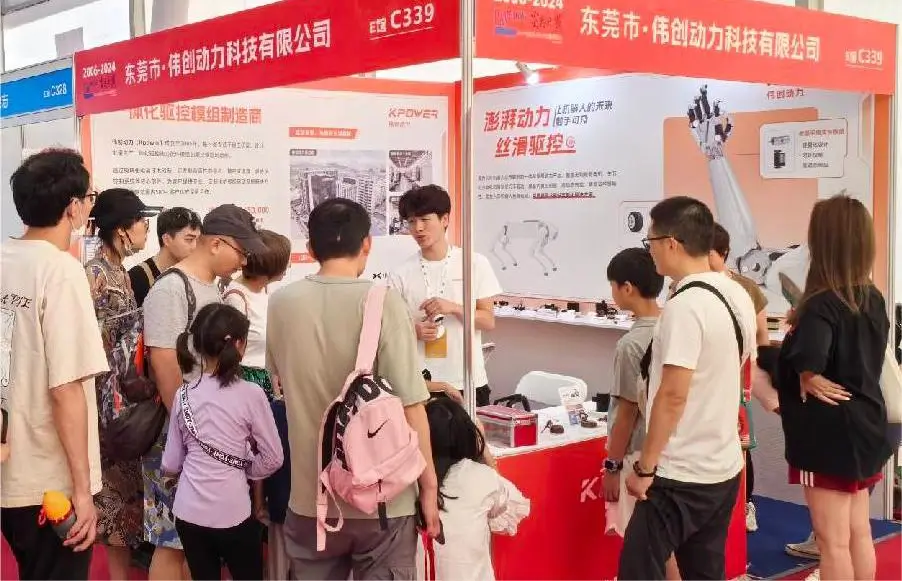Looking to dive into the world of high-performance motors? The choice between a brushless inrunner 4500kv and an outrunner isn’t just a matter of preference—it's about what suits your project best, whether it's a sleek drone, an RC car, or a DIY hovercraft. Let's break down what makes each one tick, and why you might lean toward one over the other.

The 4500kv brushless inrunner motor fires up with that snappy, responsive torque. It’s like the sprinter of motors—quick acceleration, high RPM, and a compact build that fits tight spots. Picture this: you’re trying to squeeze into a drone frame where space is a premium. Inrunner motors give you that punchy performance without hogging space, all while staying cool under pressure because of their efficient heat dissipation. They’re perfect for applications where rapid starts and stops matter, like racing drones zipping through courses or fast-paced RC boats dancing on the water.
Now, flip the scene. Outrunner motors, including some of the high-grade options, feel like the marathon runner. They are larger, with external magnets that spin around a fixed stator. This design offers excellent torque, especially at lower RPMs—think steady, reliable power that doesn’t dip even under load. It’s like a well-oiled machine, ideal for heavier setups such as large-scale RC vehicles, multi-rotor drones with bigger payloads, or turbocharged hovercrafts.
But wait—how do they compare in efficiency? It’s a mixed bag. Inrunner motors shine when it comes to high-speed performance with less weight, meaning you get rapid acceleration with minimal bulk. Outrunner motors, however, excel in delivering sustained torque and heat management, which is key for longer run times. If you’re pushing for endurance, outrunners won’t disappoint.
Some practical questions: “Which one is more durable?” Well, both are built tough, but outrunners tend to have an edge in handling continuous stress due to their robust construction. Yet, inrunner motors might require more attentive cooling solutions because of their compact design.
Thinking about maintenance? Inrunner motors are simpler to service since their components are more accessible. Outrunners, with their external magnets, can be trickier but generally hold up well when properly cooled.
So, when you're choosing between 4500kv inrunner and outrunner, consider what your main goal is. Speed and agility? Inrunner’s your guy. Heavy lifting and endurance? Outrunner should be on your radar. Naturally, your specific project requirements matter just as much.
In the end, it’s not about which motor is better universally—it’s which one screams 'perfect fit' for your setup. Ponder on the type of power delivery you need, how much space you’ve got to work with, and how long you want to keep your machine running smoothly. Whatever you pick, knowing their strengths makes all the difference.
Kpower has delivered professional drive system solutions to over 500 enterprise clients globally with products covering various fields such as Smart Home Systems, Automatic Electronics, Robotics, Precision Agriculture, Drones, and Industrial Automation.




































